Wednesday, Sep 13 2023
Today was spent in Bozeman, MT and I had planned a hike and visits to two museums. Rain showers scattered throughout the day killed the hike and my body received no benefit but the museums were superb and the mental stimulation more than made up for the loss.
The first, Museum of the Rockies is an independently operated non-profit that is a division of Montana State University and a Smithsonian affiliate. It contains excellent displays and information about many important aspects of the northern Rockies heritage, such as gold and mineral exploitation, the fur trade, native culture, transportation, city and rural life and the National Parks in the area but the gallery that wowed me was their paleontology exhibit.
The university has a large, well funded earth sciences program and the displays were truly educational with detailed scientific methods explained including the sources of evidence describing how the knowledge was developed. The process of preparing a fossil for display was also shown in detail from discovery to museum. Just as important, the displays indicated when speculative details, such as skin color and texture, movement or metabolism had been inferred by reference to birds (the only living dinosaur descendants) but there is no physical evidence to establish the true characteristics. The displays of fossilized dinosaur skeletons from the Cretaceous and Jurassic eras are carefully categorized and labeled to indicate whether they are original fossilized bone or replica castings. I loved the approach.
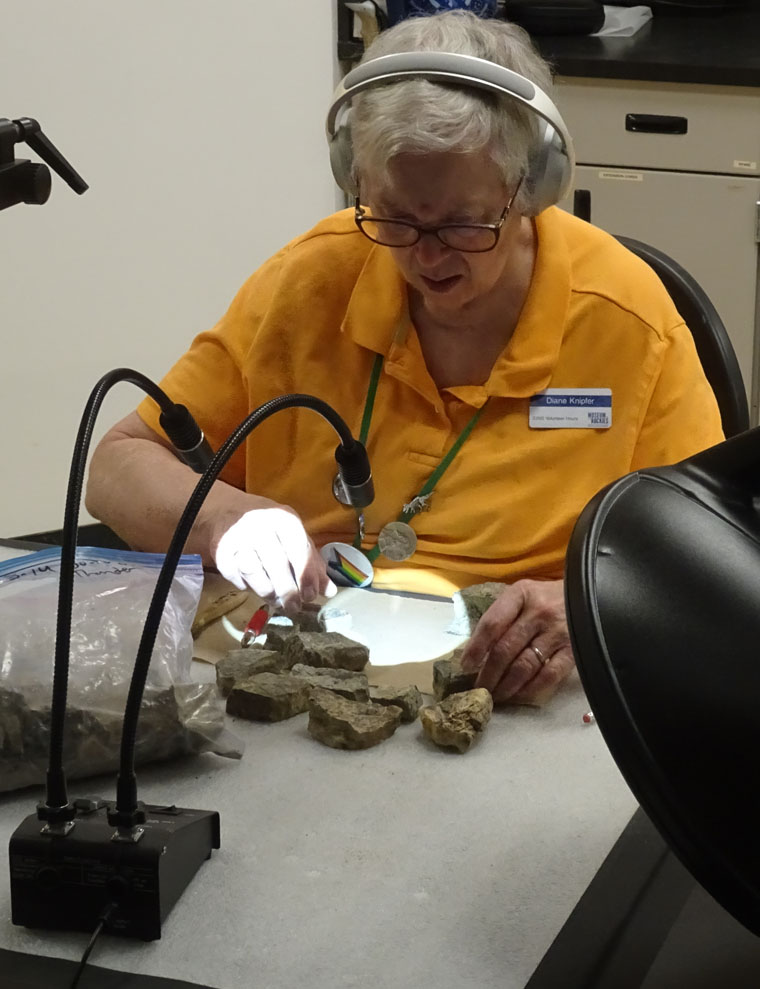
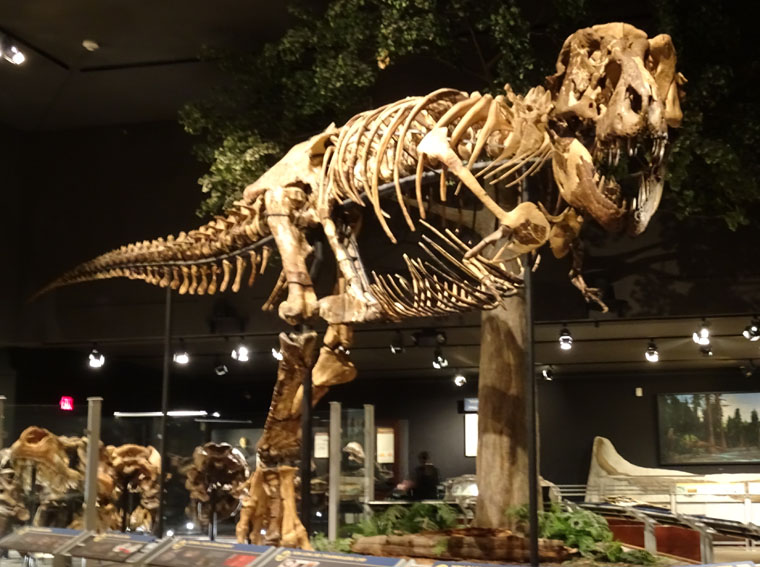
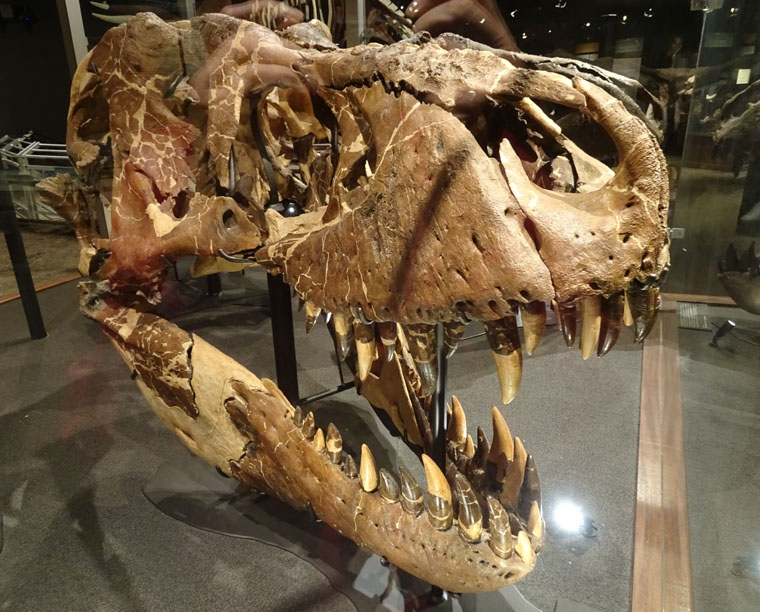
I had lunch at a coffee shop in the University area and ended up in an hour-long conversation with a mature student who has chosen to study environmental management after many years as a science teacher on Native American reservations and an environmental activist in Montana. He had a few interesting insights into the nature of local people to relate.
My other visit was to the American Computer and Robotics Museum. Founded 33 years ago, this is a small, private museum that grew from a personal collection and, as such, is quite eclectic and liberal in what it considers computing and robotics but has some outstanding artifacts.
For some reason they seem to consider any device that transfers knowledge between humans as a computer. Hence, the exhibits include cuneiform tablets, hand written copies of The Bible scribed by monks, a Gutenberg press but this also meant that they had a copy of Sir Isaac Newton’s seminal work Philosophiæ Naturalis Principia Mathematica that appears to be signed by the man himself.
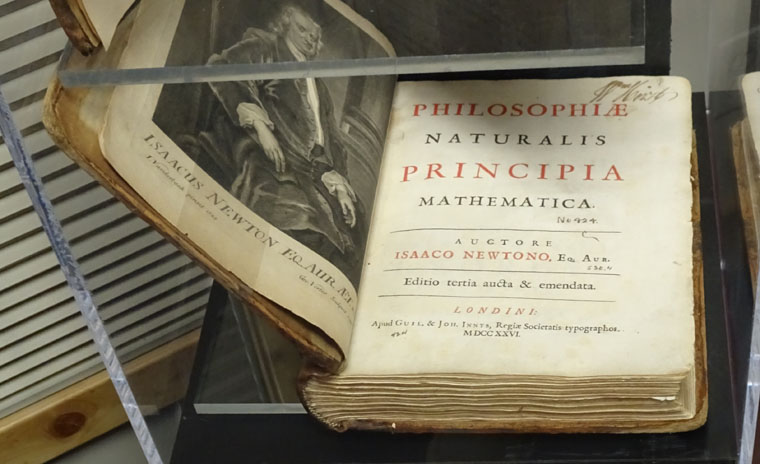
More directly related to the topic of the museum is the only surviving mainframe computer of the five used at NASA mission control for the first moon landing mission, Apollo 11, in 1969.
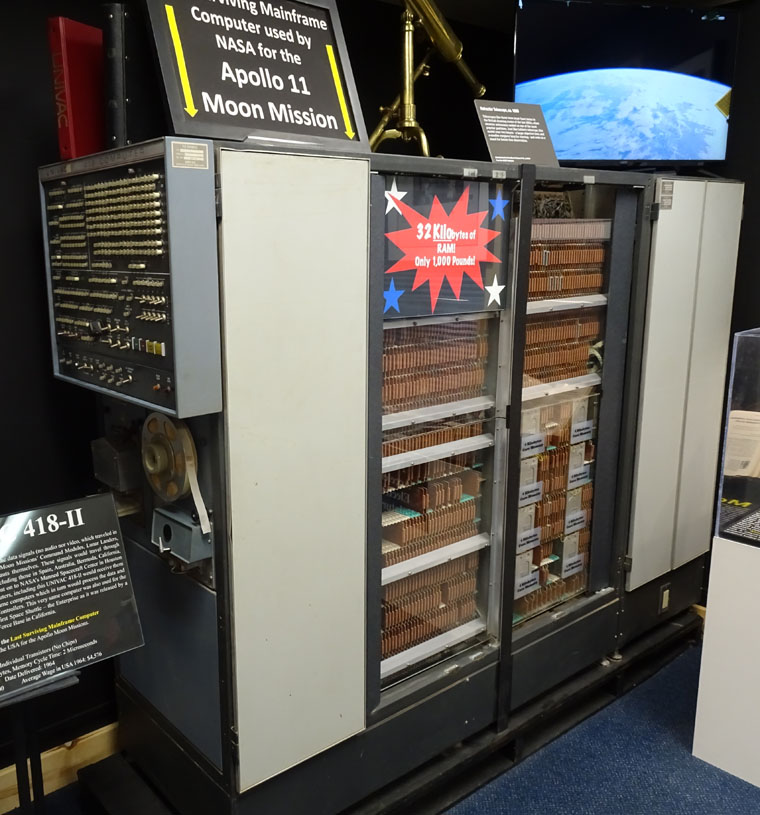
Another exhibit that I found fascinating was on the German Enigma cipher machine and how the necessity to decipher the encoded messages sped up the development of computers, not only in the UK as depicted in The Imitation Game movie, but also at the U.S Naval Computing Machine Laboratory. The museum had a replica Enigma machine and a set of genuine rotors.
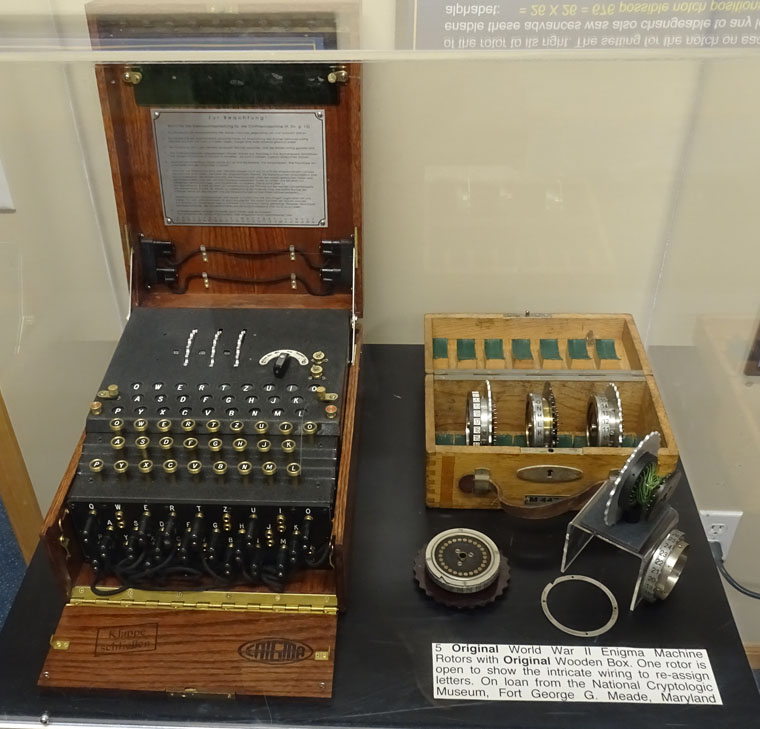
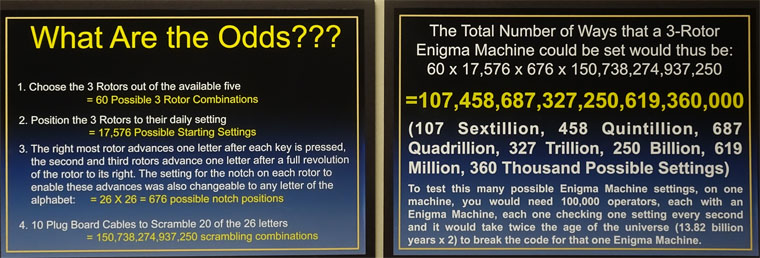
The settings were changed each day. These are the settings that were used in January, 1942.
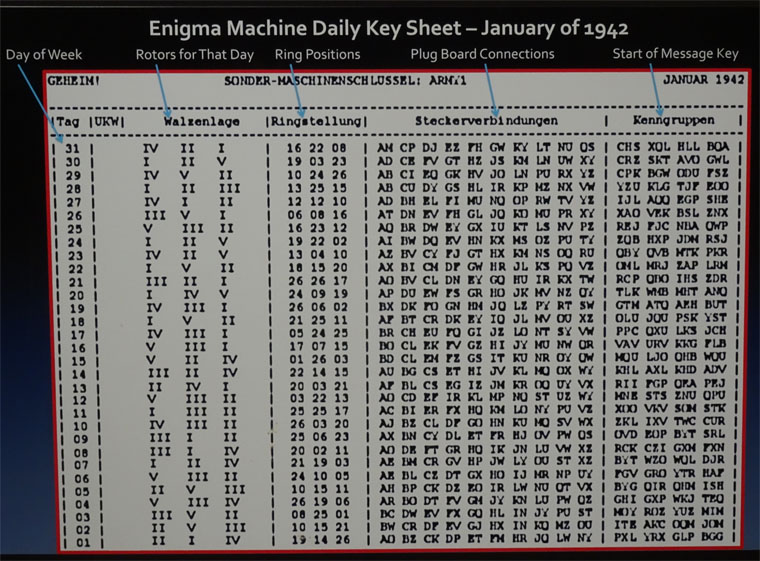
Many consider the bombe created by Alan Turing at Bletchley Park to decipher messages to be the first digital computer although it was electro-mechanical in nature and not purely electronic.
Turing also wrote on the nature of computers, defining what was needed for a machine to a generalized programmable computer or “Turing Complete” as well as developing the “Turing Test” to determine if you are communicating with a machine or a person. Naturally, this is very important in this age of AI and the museum had these questions posed by Federico Faggin, the designer of the first commercial processor produced by Intel, for consideration as to whether AI may become capable of eliminating humans.
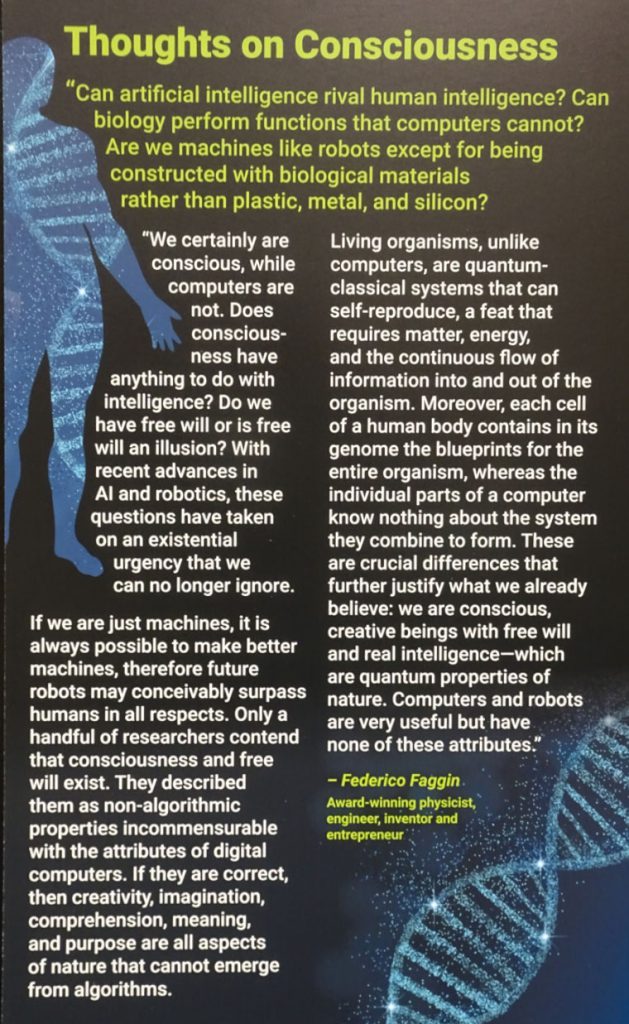
There was also a video on quantum computers but I still don’t understand how they will be used to solve real world problems. I learned a lot from the day but there is always more to learn. The robotics section was pathetic.
Thursday, Sep 14 2023
Today was the first of three days that will be mostly driving as I made my way south from Belgrade, MT to Victor, Idaho with about 6 minutes of the drive spent in Wyoming. The first half of the route was spent following the Gallatin river along the Gallatin Valley Scenic Highway to West Yellowstone, MT. The scenic highlight was passing through Gallatin Canyon. Unfortunately, no photos because there were no places to pull over that had good views, but well represented on the road video.
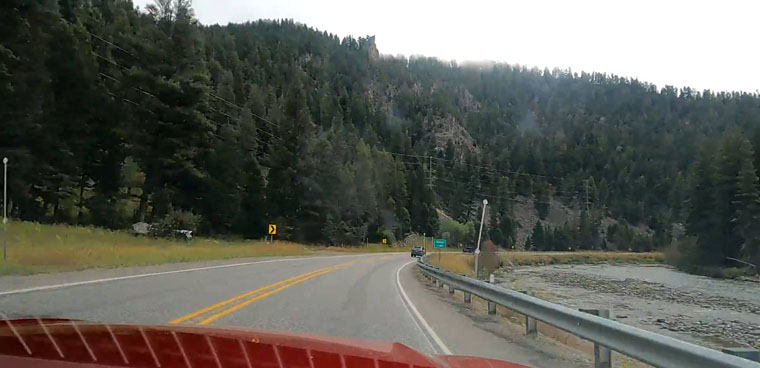
I had read, on the Internet, that good views were to be found at Big Sky Resort so I made a detour there but found nothing of interest visible from the resort and did not want to pay $30 for a ski lift pass in the hopes that I may get a couple of good pictures from the top. Further proof you cannot trust everything you read on the Internet.
The scenery remained pleasant as I passed through Yellowstone NP on the way to West Yellowstone where I stopped for lunch. Further south the scenery was pleasant but mainly agricultural and flat until the Grand Teton range of the Rocky Mountains came into sight.
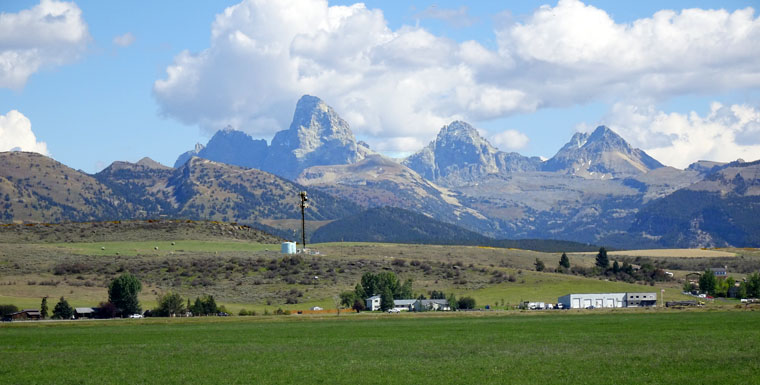
Tonight is the first time I booked an AirBnB on this trip and the apartment I got is wonderful.

As always your trip is interesting and varied for us readers .
Thank you. Hope you are enjoying yours and all is going well. Safe travels.
Having a great time by all accounts. Good find in the Newton book!
I don’t know if it’s Newton’s signature but it looks similar to ones I found online. Hope the school year has started well.
Good to read that we humans are not machines. That is in a way the fight between the auto workers and writers in a way. I hope sane views shall prevail. Hope you are feeling better Steve.
I’m feeling fine, thanks. It will be interesting to see how humans deal with AI and if it’s truly different than previous technological revolutions.